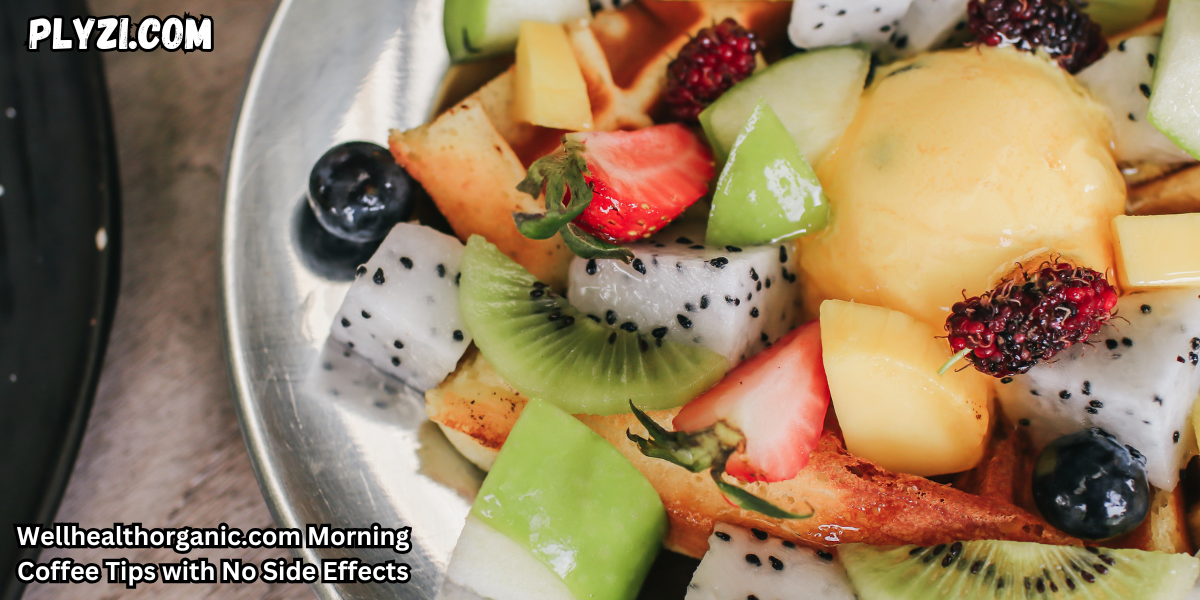Have you ever thought about what happens to the peels of fruits and vegetables you throw away daily? For years, we’ve been conditioned to believe that peeling fruits and vegetables is essential for health and hygiene. However, research shows that peels often contain more nutrients than the flesh itself. In this article, we’ll explore the hidden nutritional benefits of peels, how to incorporate them into your diet, and why you should rethink your approach to food waste.
The Power of Peels: Nutritional Benefits
1. Nutrient Density in Peels
Fruit and vegetable peels are nutritional powerhouses. They contain fiber, antioxidants, vitamins, and minerals in concentrations higher than the inner flesh. Below is a breakdown of some common peels and their key nutrients:
| Fruit/Vegetable | Key Nutrients in Peels | Health Benefits |
|---|---|---|
| Apple | Fiber, Vitamin C, Quercetin | Boosts immunity, aids digestion, and reduces inflammation |
| Potato | Potassium, Magnesium, Iron, Vitamin B6 | Improves bone health and regulates blood pressure |
| Orange | Vitamin C, Polyphenols, Flavonoids | Strengthens immunity, fights free radicals |
| Cucumber | Silica, Vitamin K, Antioxidants | Promotes skin health and strengthens bones |
| Banana | Potassium, Tryptophan, B-complex Vitamins | Enhances mood and supports heart health |
2. High Fiber Content
Peels are rich in dietary fiber, which aids digestion, promotes satiety, and helps in weight management. A medium apple with its peel contains about 4.4 grams of fiber, while a peeled apple has only 2 grams.
3. Antioxidant Properties
The peels of many fruits, such as citrus and apples, are loaded with antioxidants like flavonoids and polyphenols. These compounds protect the body against oxidative stress, reducing the risk of chronic diseases like cancer and cardiovascular ailments.
Read Also: Understanding and Fixing Common BSOD Error Codes for Optimal System Performance
How to Use Peels in Your Diet
1. Incorporate into Smoothies
Add washed fruit peels such as banana or apple peels to your smoothies for extra fiber and nutrients. They blend well and enhance the texture.
2. Make Peel Chips
Turn potato or carrot peels into crispy chips by baking them with olive oil and seasoning.
3. Zest It Up
Citrus peels like lemon or orange zest can be used to add flavor to desserts, salads, and beverages.
4. Compost or Broth
Vegetable peels like those from onions, carrots, and celery make excellent bases for soups and broths.
Precautions While Eating Peels
- Wash Thoroughly: Pesticides and dirt accumulate on the surface of fruits and vegetables. Always wash peels under running water or soak them in a vinegar solution.
- Organic Choices: Whenever possible, choose organic produce to minimize pesticide exposure.
- Know the Edibility: Some peels, like those of avocados and pineapples, are tough and indigestible. Stick to peels known for their edibility.
Read Also: Pixwox Platform for Social Media Content Exploration
The Environmental Impact of Using Peels
Using fruit and vegetable peels contributes to sustainable living by reducing food waste. According to the Food and Agriculture Organization (FAO), nearly one-third of food produced globally is wasted. By incorporating peels into your diet, you not only improve your health but also help the planet.
Benefits of Eating Peels
- Boosts Digestive Health: High fiber content aids in digestion and prevents constipation.
- Rich in Antioxidants: Protects cells from damage caused by free radicals.
- Supports Weight Management: Fiber promotes satiety and reduces overeating.
- Enhances Skin Health: Nutrients like silica in cucumber peels improve skin elasticity.
- Improves Immunity: Vitamin C in citrus peels strengthens the immune system.
Table: Nutritional Comparison – With Peel vs. Without Peel
| Food Item | With Peel (Calories) | Without Peel (Calories) | Key Nutritional Difference |
|---|---|---|---|
| Apple | 95 | 77 | Higher fiber and antioxidant content |
| Potato | 163 | 130 | More potassium and vitamin B6 |
| Cucumber | 16 | 10 | Retains silica and antioxidants |
Read Also: The Power of Quick Personal Loans: From Application to Approval in Minutes
FAQs about Wellhealthorganic.com Eat Your Peels Unlocking the Nutritional Benefits
Q1: Why should I eat fruit and vegetable peels?
Fruit and vegetable peels are rich in nutrients like fiber, antioxidants, and vitamins. Eating them can enhance your overall health and reduce food waste.
Q2: Are all peels safe to eat?
Not all peels are safe or edible. For example, citrus peels are nutritious but tough, so they are best consumed as zest or blended into smoothies. Always ensure the peels are pesticide-free and washed properly.
Q3: Can eating peels help with weight loss?
Yes, the high fiber content in peels promotes satiety, reducing hunger and supporting weight management.
Q4: What are some creative ways to use peels in cooking?
You can make peel chips, zest for flavoring, or use vegetable peels in broths and soups. Smoothies are another excellent way to utilize fruit peels.
Q5: Does wellhealthorganic.com recommend organic produce for peel consumption?
Yes, it’s always better to opt for organic produce when consuming peels to avoid pesticide residues.
Conclusion
Peels are nature’s way of providing us with additional nutrients. By consuming them, you not only boost your health but also contribute to reducing food waste. Start small by incorporating peel-based recipes into your meals and see the difference it makes to your health and the environment.
Eating peels is a simple yet powerful step toward sustainable and wholesome living. For more health tips and recipes, visit wellhealthorganic.com. Remember, the next time you’re about to peel that apple or potato, think twice.



